Trees play a critical role in the making of thousands of everyday products. In our #ItStartsWithTrees series, we look at the science that explains why. Today, we’re looking at the many foods made with the help of the forest.
Is there sawdust in your parmesan cheese? Are there wood chips in your cereal box?
Of course not! But clean, safe fibers derived from trees are in thousands of everyday foods—including vegan, organic and gluten free products.
When trees are broken down to a fine powder at a pulp mill, the cellulose molecule extracted from pulp is the same cellulose found in the plant cell walls of fruits and vegetables. It is one of the most common food additives and has been FDA-approved since the mid-1900s.
When used in food, tree cellulose is refined to become as pure as possible. Our bodies process high purity, food-grade cellulose like any other insoluble fiber: we don’t absorb or digest it, rather it passes through our body.
Here’s a look at some of the most common foods made with the aid of trees:
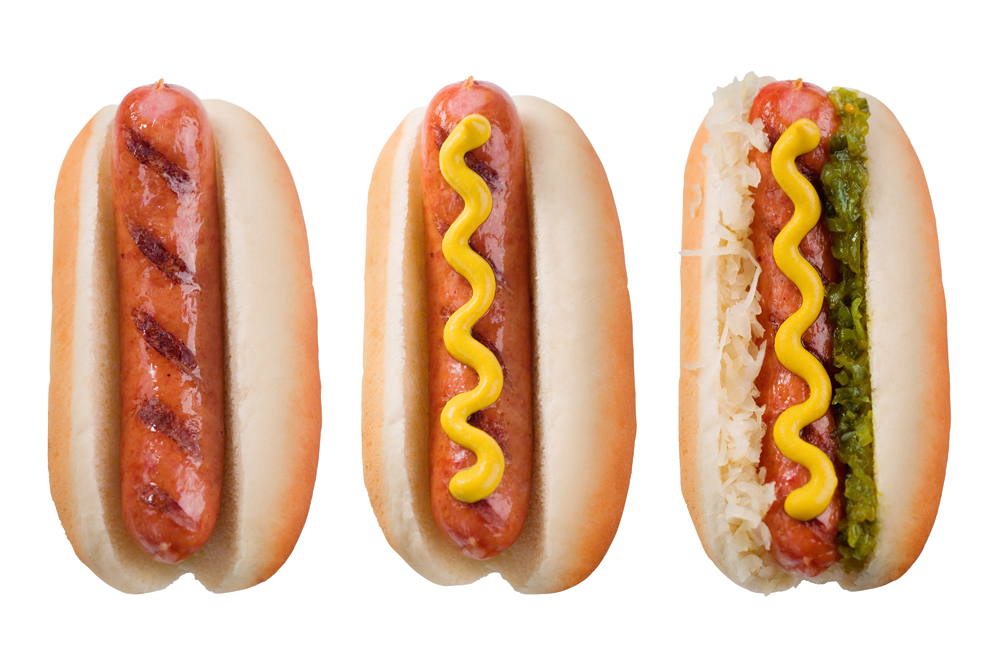
Hot Dog and Sausage Casings
The casings for hot dogs, sausages and deli meats like salami are often made from trees. While animal intestines are sometimes used for casings, their sizes can vary, which can make mass production difficult.
Viscose casings are made from a mixture that includes cellulose and sodium hydroxide. The casings are clear, tasteless and uniform, which makes mass production possible.
Why is cellulose the right material for these casings? The same strong cellulose that gives trees their strength is used to make the casings strong. Even when placed over the intense heat of the grill or stovetop, the casings hold their shape and don’t burst or break down.
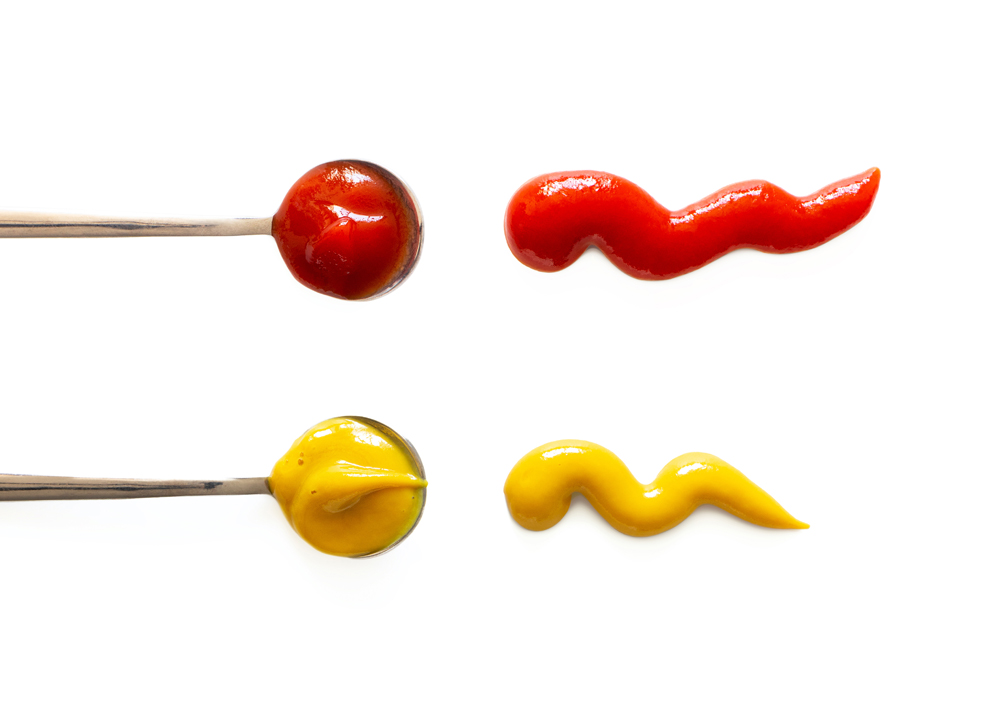
Syrups, Spices and Condiments
Cellulose gum is found in breakfast syrups, salad dressings, pie fillings, ketchup, barbecue sauce, tomato sauce and many other everyday foods. As a water-soluble polymer, it binds with water and doesn’t let go. That enables it to thicken products, keep them moist, improve their taste and prolong their shelf life.
Cellulose is also an emulsifier, which enables it to make ingredients spread uniformly across a mixture. It keeps the water and oil from separating in dressings. It prevents a layer of oil from forming on the top of a jar of peanut butter. And it keeps icing mixed in its container long after it’s made. (This same emulsification quality is one of the reasons cellulose is used to make medicines, as we explain in our article, Why Trees are in So Many Medical Products.)
Cellulose is also in spice mixtures and hot cocoa packets, keeping them from clumping.
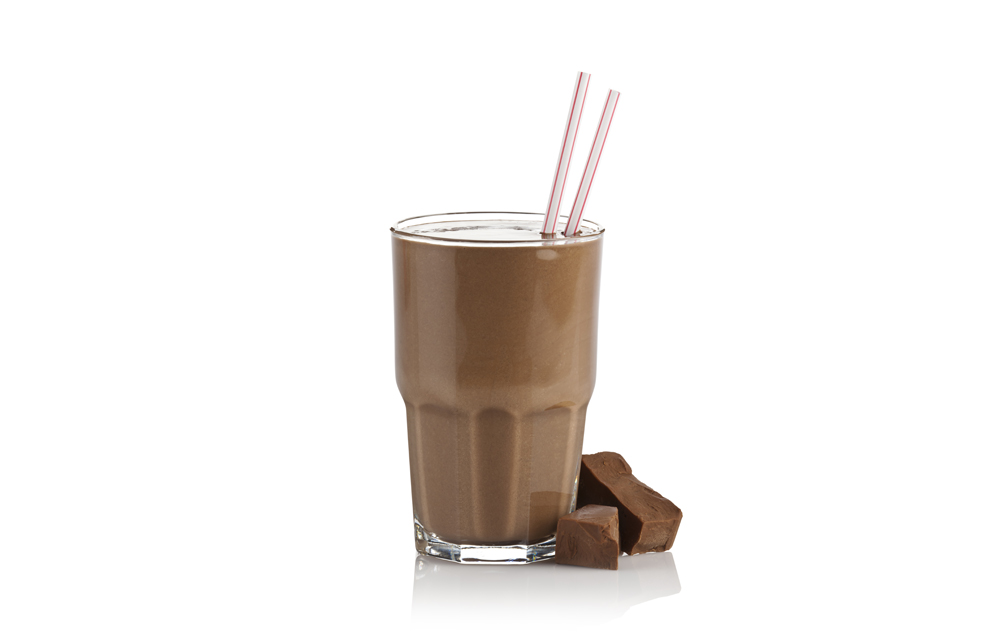
Low-Fat and Diet Foods
Cellulose helps improve the taste of low-fat foods by adding a creamy texture without the high calories. Think about the difference between the taste of whole and fat-free dairy products: removing the fat takes the creaminess away. Using cellulose, manufacturers are able to make up for some of that lost creamy texture that fat provides in all kinds of products, from low fat yogurts to baked goods.
For that same reason, cellulose is used to make powdered drink and shake mixes thicker, giving them a consistency like a smoothie instead of flavored water.
And, as with all high-fiber products, products with cellulose help create a feeling of fullness that dieters are looking for. High-fiber products like fiber bars and fiber cereal often use cellulose to boost their fiber content.
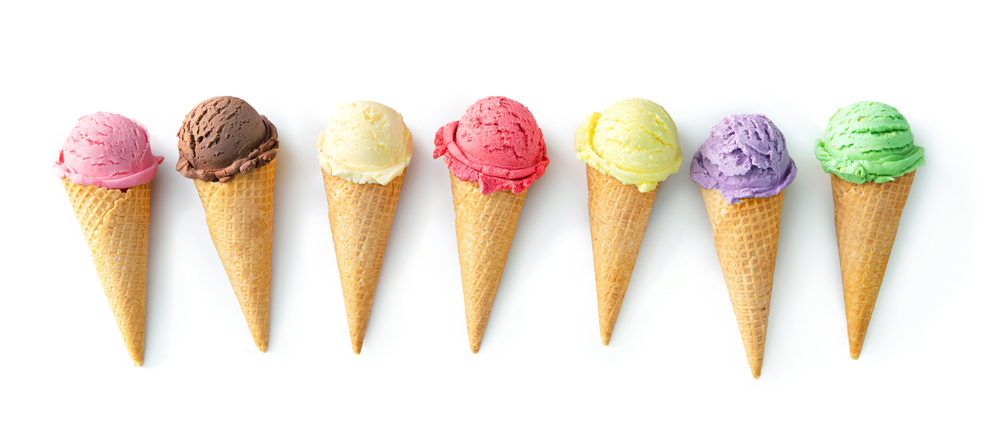
Dairy Products and Frozen Foods
Cellulose plays a critical role in the texture and thickness of many popular dairy products.
Cheese is one of the better-known foods that contains cellulose. Shredded and grated cheeses, such as Parmesan, use a small amount of powdered cellulose to control moisture and keep the cheese from clumping together. It’s used for that same reason in the powdered cheese packets that come in a box of macaroni and cheese.
Cellulose also serves as a thickener for puddings, sour cream and non-dairy creamer, making it more like real cream.
When it comes to frozen foods, the addition of cellulose makes the product behave in the freezer the way cellulose behaves: it prevents the formation of ice crystals (think freezer burn) and helps the foods freeze and thaw quickly without getting soggy or stale. It’s used in frozen waffles, frozen pizza, and many other items in the frozen food aisle.
In ice cream, cellulose aids in creaminess and thickness as well as preventing crystallization. It slows down melting. Cellulose also creates a smooth texture in both ice cream and whipped cream.
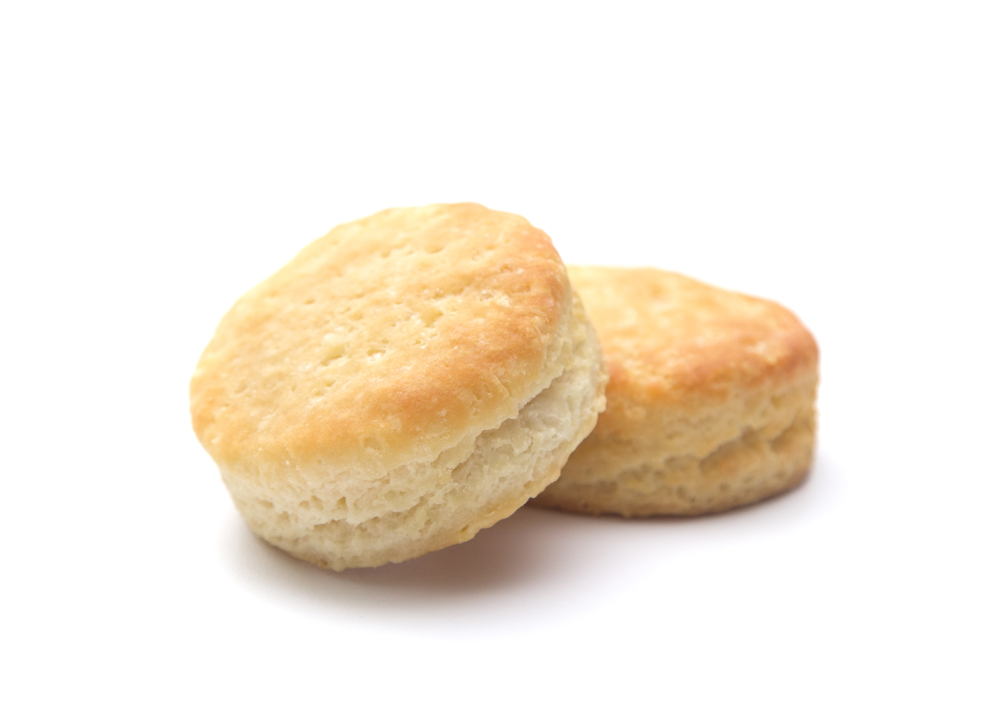
Baked Goods and Cake Mixes
When it comes to baked goods, cellulose can lower the overall calories of a product, increase its fiber content and improve the texture, moisture and strength of the product.
Cellulose ether, for example, bonds very well with water. It can also become foamy, just like an egg, which can create a lighter texture in baked goods. That makes it ideal for baked products that need moisture and a more airy texture, including breads and desserts. It’s found in cake mixes to ensure a moist, soft, light cake.
Cellulose gum, also known as carboxymethyl cellulose or CMC, can also thicken bread dough, giving it the texture consumers are looking for. It’s used in frozen doughs to maintain their integrity while they’re frozen, and it’s used to make tortillas pliable. Since CMC is so good at bonding with water, it also keeps baked goods from drying out, extending their shelf life.
Cellulose’s emulsification ability ensures the right amount of flour, baking powder and other ingredients are proportionately dispersed throughout a batter. This helps them bake evenly. That’s why cellulose is often used in baked products that need to hold their shape, such as biscuits and crackers.
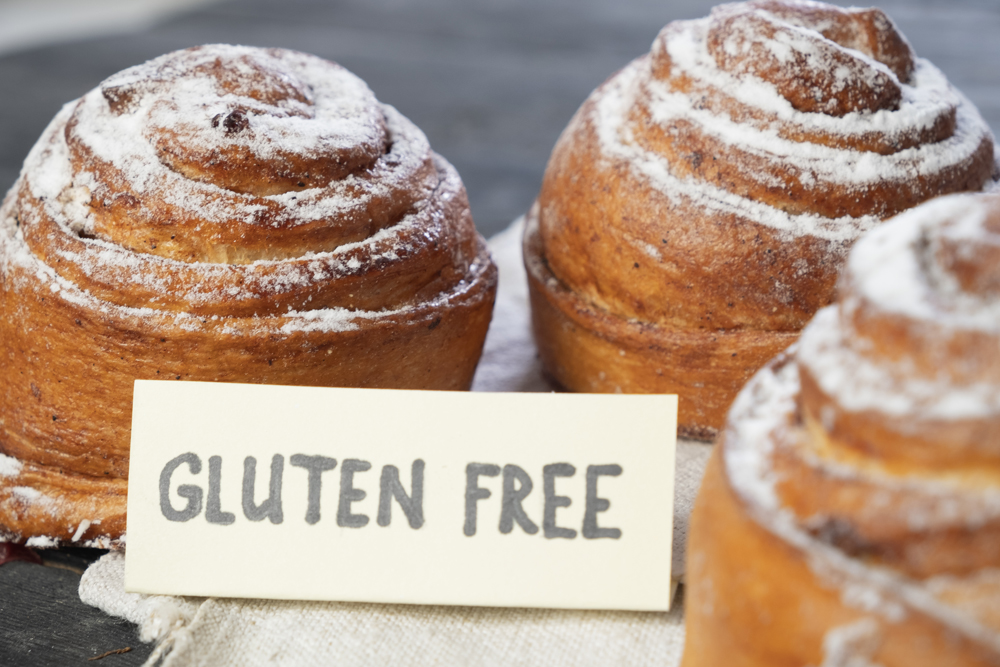
Cellulose in Gluten-Free Baked Goods
Cellulose’s texturizing and strengthening ability also makes it an important ingredient in gluten-free baked goods, including breads and cakes. Since these products are made without flour and wheat ingredients, cellulose is often used to make those foods still have the “mouth feel” we expect when we eat these types of foods.
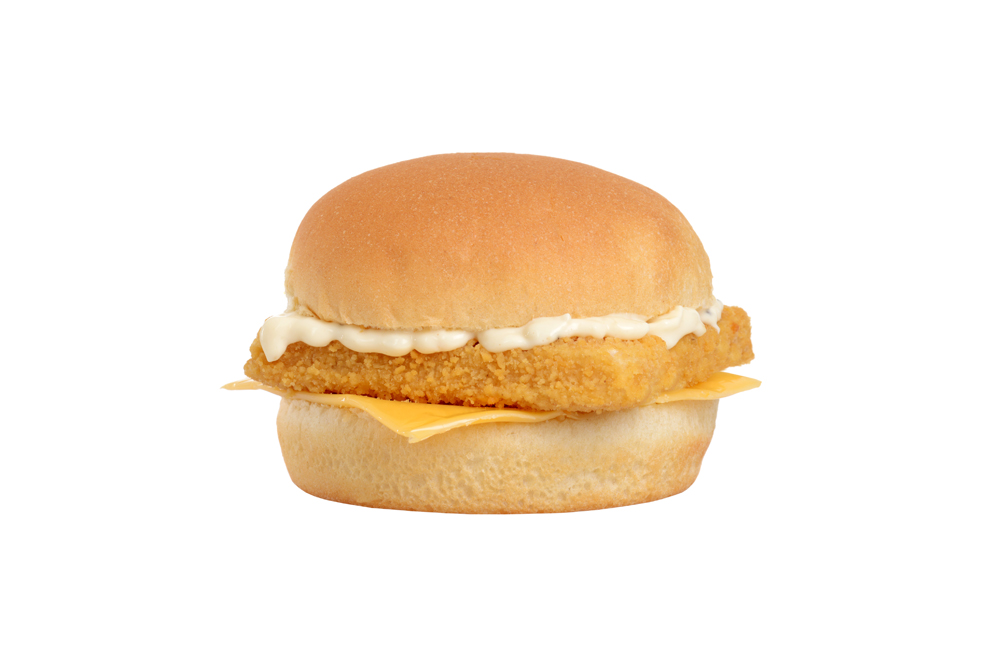
Fast Foods
Popular fast food chains use cellulose in their burgers, sauces, tortilla chips and more. It serves as a binder, which helps hold foods together. In fried foods like doughnuts, potato chips and fried chicken, it can help prevent oil absorption. And it’s a thickener for dressings and dipping sauces.
At McDonald’s, for example, this article by The Street reports that cellulose is in dozens of menu items, including the McRib, fish fillet patty, some of the chain’s salads, even the sauce used on strawberry sundaes. The same article says Taco Bell uses it in its nacho chips, corn tortillas, enchilada rice and several other items. It’s in Wendys’ Frosty shakes, Sonic’s banana splits, and Kentucky Fried Chicken’s popcorn chicken.
In other words, if you’re eating fast food, there’s a good chance cellulose is on the menu.
Why Not Use Alternative Sources of Cellulose?
While cellulose is found in most plant matter, trees and cotton are the primary source used in food manufacturing because they’re the most economical. Think of it this way: a truckload of dense, heavy logs can produce a lot more cellulose than a lightweight plant like hemp. And trees can grow in almost any climate and soils, which allows them to be in ample supply within a reasonable distance of the mills that process them.
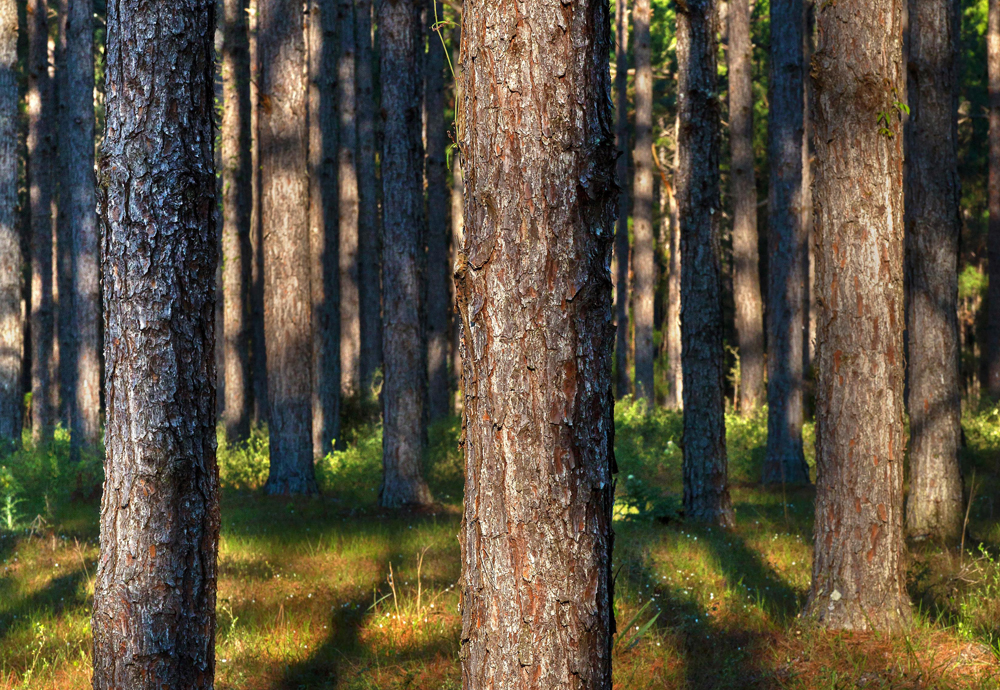
In this NPR article, food scientist John Coupland says it doesn’t matter whether cellulose comes from wood or other plants because “cellulose is just a molecule.”
For organic and vegan food producers, there’s another benefit to using wood pulp: it ensures products will remain non-GMO. “It would be a challenge to keep the supply chain free of genetically modified crop residue” if corn stalks, beets, leaves or other alternatives were used, Sweetener Supply Corporation Technical Director Jon Bodner said in the same NPR article.
It’s tasteless, odorless and invisible, so it’s no wonder many consumers don’t realize cellulose is in a lot of foods. But as you can see by the examples above, it would be difficult to imagine what our food industry would be like without it.
Further Reading:
From McDonald’s to Organic Valley, You’re Probably Eating Wood Pulp by NPR
Learn About Cellulose and How It Is Used In Food by The Spruce Eats
Why Wood Pulp in Your Parmesan Won’t Kill You by Bon Appetit







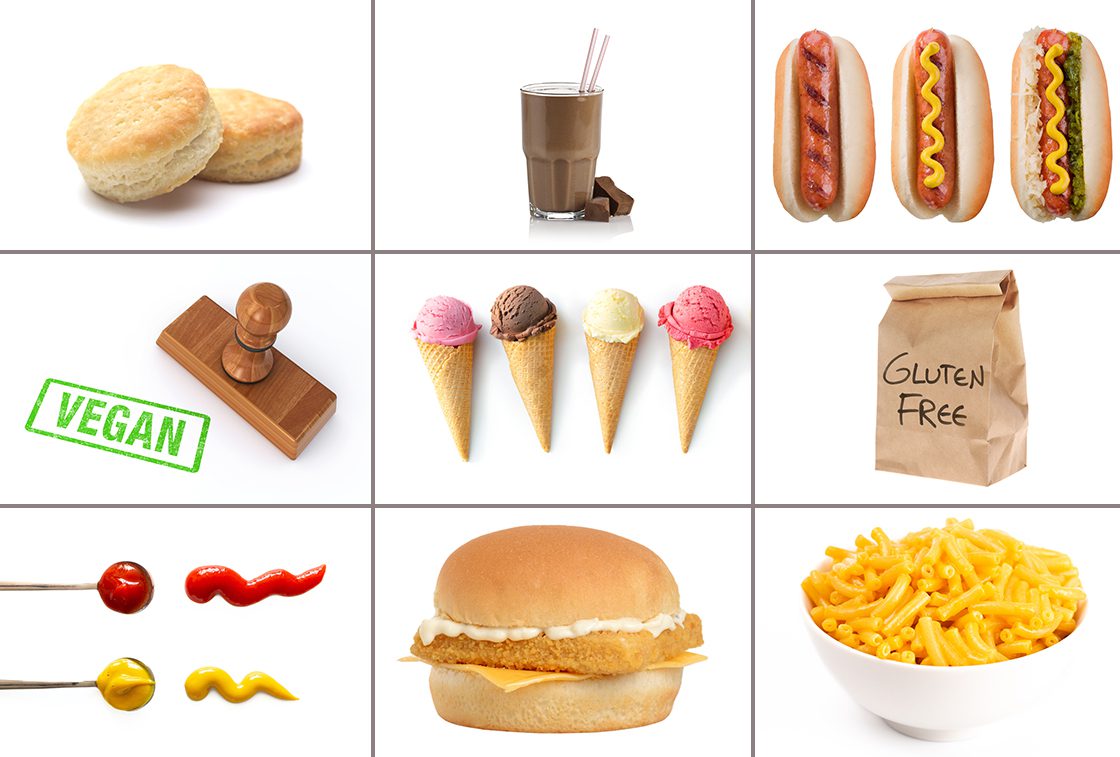


Leave a Comment